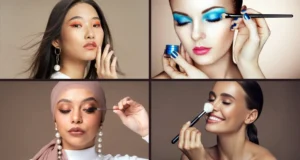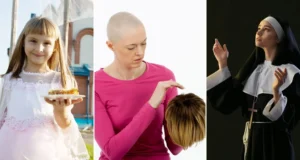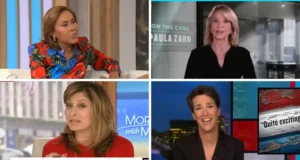Beyond the practical advantages, wigs allow black girls to embrace versatility in their hairstyles and explore different looks effortlessly. Changing hairstyles with natural hair can be challenging and time-consuming, often requiring chemical treatments, heat styling tools, or braiding and weaving techniques. In contrast, wigs offer a low-effort way to experiment with different hair.
In this article, I will explore the reasons why black girls wear wigs. Check it out that there is what you thought.
Why do black girls wear wigs
Seeking natural hair protection through wig wear
Black girls often wear wigs as a protective style to shield their natural hair from damage. The kinky, coily, and curly textures of black hair are more prone to breakage and dryness. This vulnerability is due to various factors, including using heat styling tools, chemical treatments such as relaxers and dyes, and exposure to environmental elements like the sun and pool chlorine.
Over time, these elements can cause hair to become thin and brittle. Consequently, this can result in over-processing, split ends, and ultimately more breakage. Wigs give black girls a low-maintenance “hairstyle” that allows their natural hair to rest and recover.
Wigs eliminate the need for daily heat styling, moisturizing, and handling of natural hair, which can be detrimental. Instead, wigs provide versatile and protective hairstyles. They allow girls to let their natural hair grow healthier and longer without manipulation, helping black girls achieve their hair goals. Wearing wigs safeguards their natural texture and offers a way to style without sacrificing the strength and quality of natural hair.
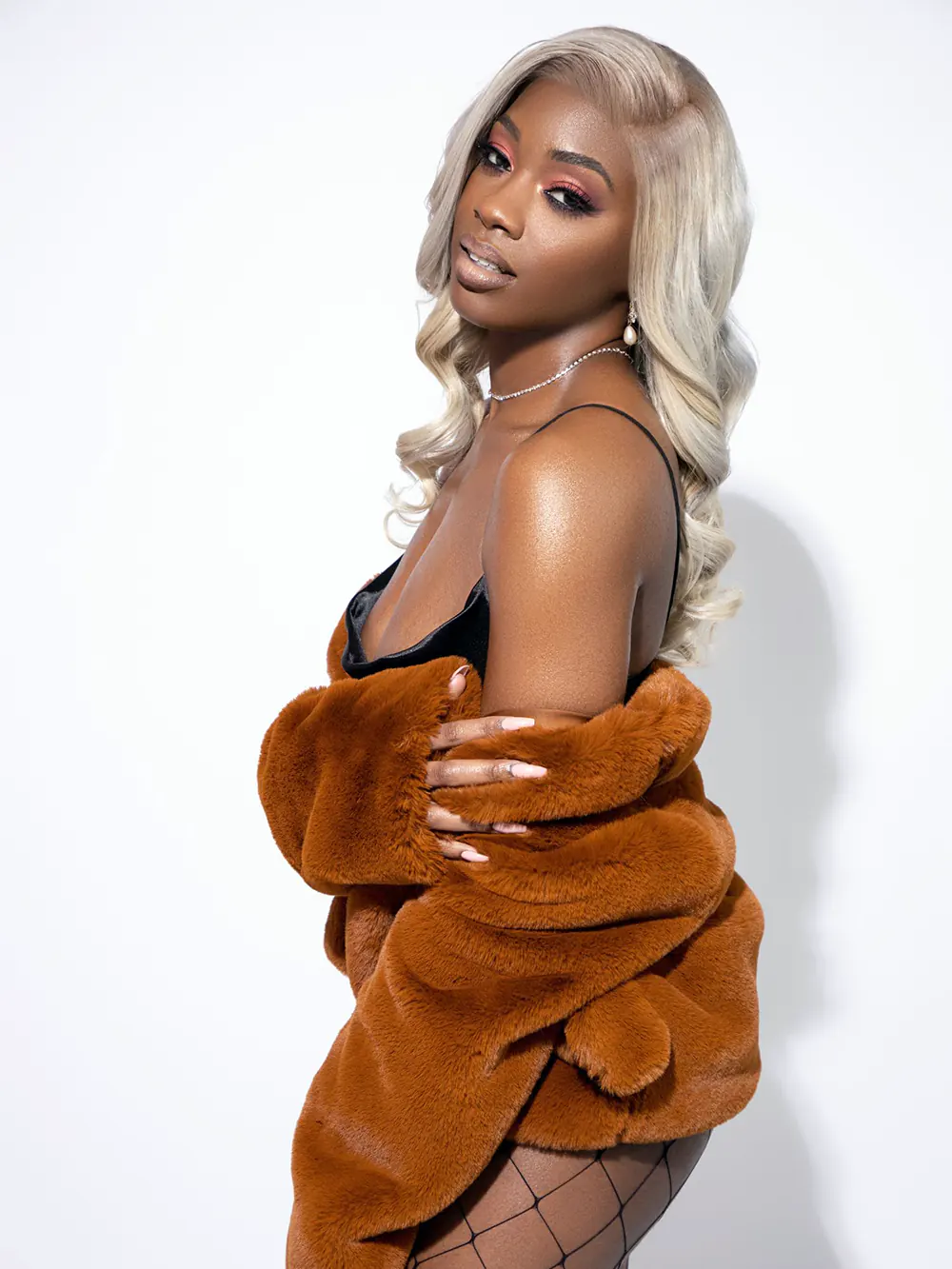
Turning to wigs for haircare ease and convenience
Many black girls choose to wear wigs for the simple convenience they provide. Wigs require far less maintenance and upkeep than natural hairstyles like weaves, extensions, and chemically treated styles.
Once a wig is styled and secured, it is effectively “done” until the next time it’s cleaned and restyled. This saves black girls significant time on daily grooming routines such as combing, detangling, moisturizing, and re-braiding or re-twisting natural hair.
Wigs eliminate the need for time-consuming techniques and procedures. Black girls’ hair often requires frequent wash days, blow drying, and flat ironing. Instead, wigs allow girls the option of “wash and go” styling without sacrificing length, volume, or protective benefits.
Moreover, wigs tend to last between multiple uses, reducing the need for repurchasing hair products as frequently and saving money over time. The combination of reduced effort, time, and cost associated with wig wear makes them an appealing option, particularly for convenience-seeking black girls. Wigs allow these girls to redirect the time and energy usually spent on high-maintenance hair into other priorities and interests in their busy lives.
Embracing wig versatility for style experimentation
Many black girls appreciate wigs for their versatility in terms of hairstyles. Wigs allow black girls to experiment with different looks easily, which they may otherwise be unable to achieve with their natural hair. They can change their hair length, texture, and style in an instant simply by switching wigs.
Girls can try out straight, curly, shoulder-length, long, or short styles by purchasing the appropriate wig. Additionally, they can experiment with bold colors like blue, purple, or pink to further enhance their desired look. This kind of styling versatility would require extensive chemical treatments, heat styling tools, or numerous braids, extensions, and weaves for natural hair. These methods can be costly, time-consuming, and potentially damaging to the hair.
In contrast, wigs provide a low-effort way to transform one’s appearance and try out new styles that express different facets of their personality. Wigs often cost less than multiple weaves and extensions yet offer more options with easily achievable length, thickness, and texture goals.
The versatility of quickly changing hairstyles will appeal to girls seeking to express different moods. Additionally, it allows them to showcase various sides of their identity through their hair.
Covering up natural hair damage with wig wear
Many black girls turn to wigs as a way to cover up damage or thinning of their natural hair. Chemical relaxers, heat styling tools, and other hair treatments can cause breakage and hair loss over time for girls with kinky and curly textured hair. Moreover, the tension from frequent styling can also contribute to these issues.
For black girls facing thinning edges, patchy areas, or excessive shedding, wearing wigs can help conceal the damage and boost self-confidence. Wigs disguise bald spots, broken strands, and sparse areas, restoring the hair’s thick and full appearance. Consequently, they make thinning or damaged natural hair virtually undetectable.
The psychological impact of perceived hair damage and hair loss can be significant for black girls. Thick, long hair is often associated with femininity, beauty, and social status within the community. Consequently, this intensifies the impact of hair-related concerns.
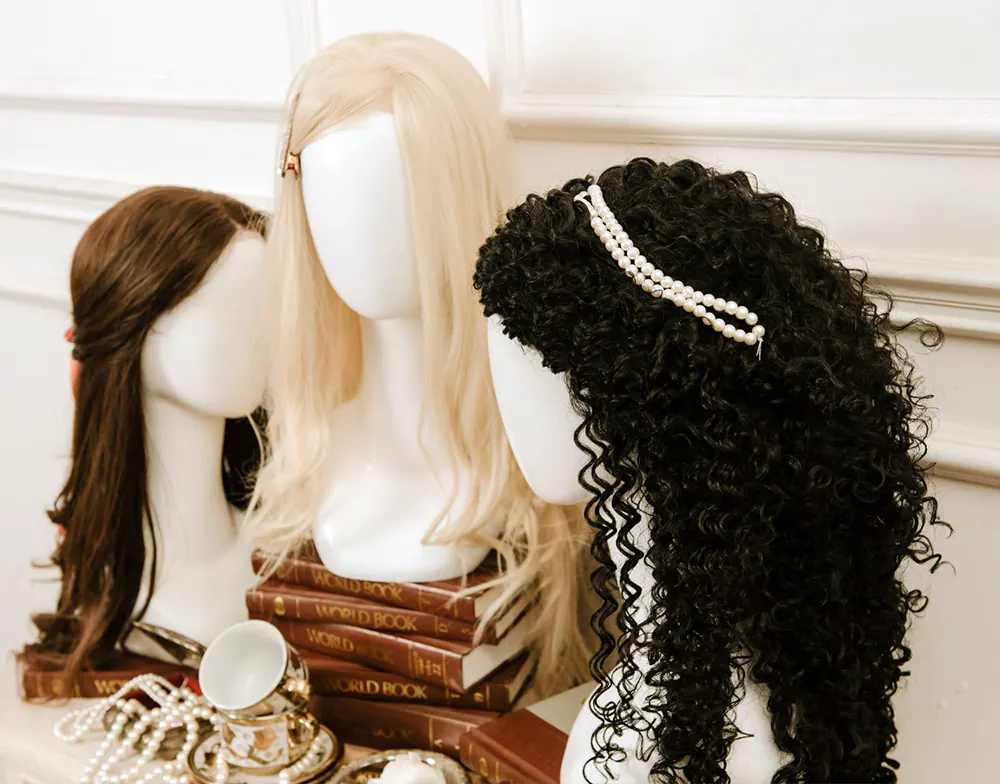
Conforming to societal ideals through Eurocentric wigs
Many black girls have worn wigs and sought to alter their natural hair textures as a way to assimilate into dominant cultural standards that have historically devalued black hair. Straighter, looser textured hair has been deemed more “professional,” “attractive,” and “acceptable” in social and professional settings for centuries. White norms have predominantly influenced these settings, perpetuating biases against natural black hair.
Wearing wigs that disguise kinky, coily natural hair textures has allowed some black girls to conform to mainstream beauty ideals and avoid discrimination based on their natural hair. Although natural styles have gained popularity and acceptance in recent decades, the pressure to assimilate still lingers for some black girls.
Wigs that mimic so-called “Eurocentric” styles allow black girls to minimize attention drawn to their race in certain settings. This allows them to fit in and make progress in education and career spaces where discrimination based on hair persists.
Though problematic, wig wear as a means of cultural assimilation also stems from internalized preferences that deem white or European beauty standards as superior. Wigs allow black girls following this standard to achieve hairstyles traditionally denied or difficult with their natural hair texture.
Expressing self through multi-dimensional hairstyles
Many black girls choose to wear wigs as a form of self-expression and a means to experiment with different facets of their personalities. Hair is a powerful tool for creative expression, and wigs provide an easy and affordable way for black girls to try out a wide range of styles. By changing wigs, they can instantly transform their look from conservative to edgy, young to mature, and flirty to professional.
Black girls have long used creative hairstyles to redefine beauty on their terms. Wigs extend this opportunity for expression by offering styling versatility that would be challenging, expensive, or damaging to achieve with natural hair.
Wigs empower black girls to define beauty for themselves through hairstyles that authentically reflect their inner selves rather than conforming to Eurocentric ideals of straight hair. This self-expression through hair helps black girls uncover and embrace a multidimensional sense of identity and self-worth that is not dependent on societal expectations.
Wigs have become a medium for black girls to creatively express different moods, personalities, and sides of themselves that natural hair alone cannot provide.
Connecting to cultural heritage through wig-wear traditions
For some Black girls, wearing wigs connects them to a rich history where wigs have played an important role in African culture for centuries. Wigs have deep roots in various African traditions, dating back to ancient Egypt when both men and women wore them.
Throughout African history, wigs have been used to signify status, celebrate cultural practices, and demonstrate fashion and creativity. For Black girls who see this cultural legacy reflected in modern wig wear, wigs represent an expression of Black cultural pride and heritage.
Donning wigs makes these girls feel connected to an important aspect of African aesthetics. This connection serves as a testament to the resilience and preservation of cultural traditions despite the historical trauma of the slave trade and colonialism.
Wigs symbolize rejecting dominant Eurocentric beauty standards by embracing a practice embedded within traditional Black culture. The cultural pride Black girls feel when wearing wigs serves as a reminder of the ingenuity, expressivity, and celebration of beauty found in authentic African traditions. It allows them to connect with their heritage and embrace their cultural identity. For these girls, wearing wigs is a joyful homage to elements of Black cultural style and creativity that have persisted through time.
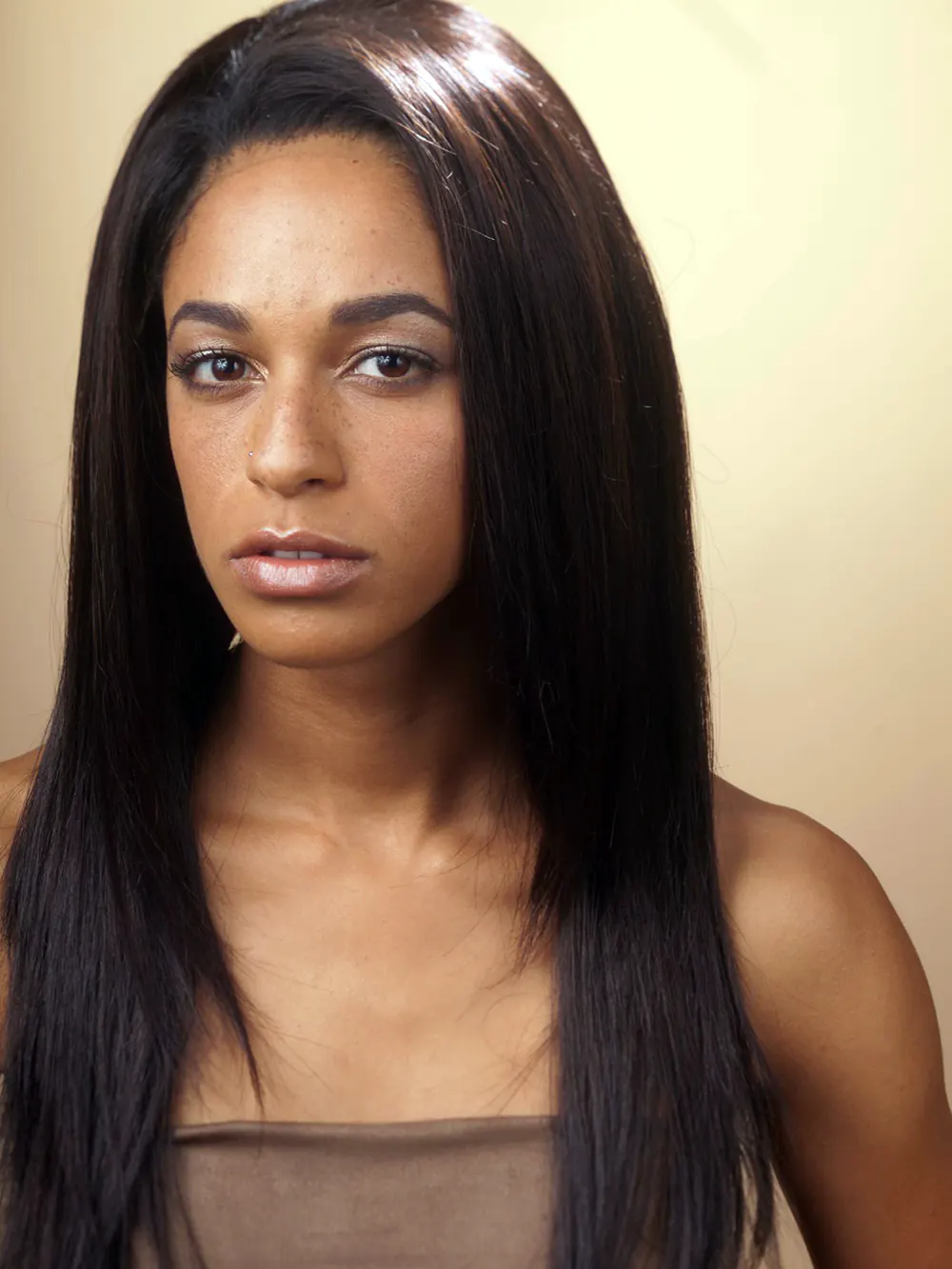
Achieving length and thickness goals through synthetic hair
Many black girls turn to wig-wearing to achieve specific hair goals that may be difficult or impossible for their natural hair to attain on its own. This includes length, thickness, and styling goals. Kinky, coily, and curly hair textures tend to shrink, making it more challenging to achieve extended length and fuller volume. Often, synthetic aids are needed to enhance the length and volume of such hair textures.
Wigs provide an easy solution for black girls seeking longer, thicker hairstyles. They offer instant length and volume, surpassing what natural hair allows by two to three times. Consequently, girls can effortlessly achieve the flowing, waist-length styles they desire.
The texture of many synthetic wigs also allows for smoother, straighter styles that natural hair often resists. Wigs allow black girls to achieve styling ambitions like sleek bobs, flips, or waves with minimal effort. Essentially, they provide a shortcut for length, thickness, and style goals that natural hair requires extensive manipulation, damage, and expense.
Wigs deliver a quick solution for black girls looking to meet specific aesthetics they consider beautiful, feminine, and professionally appealing.
Do all African Americans wear wigs?
No, not all African Americans wear wigs. Wigs are a personal choice depending on preferences and circumstances. Some wear wigs for protective styling, maintaining natural hair health, or fashion. Others style their hair with braids, weaves, or their natural hair. Avoid assuming based on appearance and recognize the individuality of hair care.
African American hair is diverse in textures and types. Some have coily, kinky, or curly hair, while others have straight or wavy hair. Due to its unique properties, African American hair may require different care and maintenance. Many have developed practices and styles suitable for their hair type.
While wigs may be convenient for some African Americans to protect their natural hair, they are not necessary for all. Many choose to wear their natural hair or style it with braids, weaves, or extensions. Some embrace their natural hair texture, promoting a recent movement.
Why is African hair so different?
African hair differs from other hair types because of its shape and structure. African hair is typically more curly or kinky than other hair types. This is because the hair follicle is shaped differently in African people. The hair follicle is the part of the skin where the hair grows from. In African people, the hair follicle is more oval-shaped than round. This causes the hair to grow in a spiral or coil pattern.
African hair is also thicker and more dense than other hair types. This is because African hair has a higher medulla, which is the central part of the hair shaft. The medulla comprises keratin, a protein that gives hair strength and structure.
The differences in African hair are due to genetics. African hair is believed to have evolved this way to help protect people from the harsh African climate. The curly or kinky pattern of African hair helps to trap heat, which can help to keep people warm. The thickness and density of African hair also help to protect it from the sun and wind.
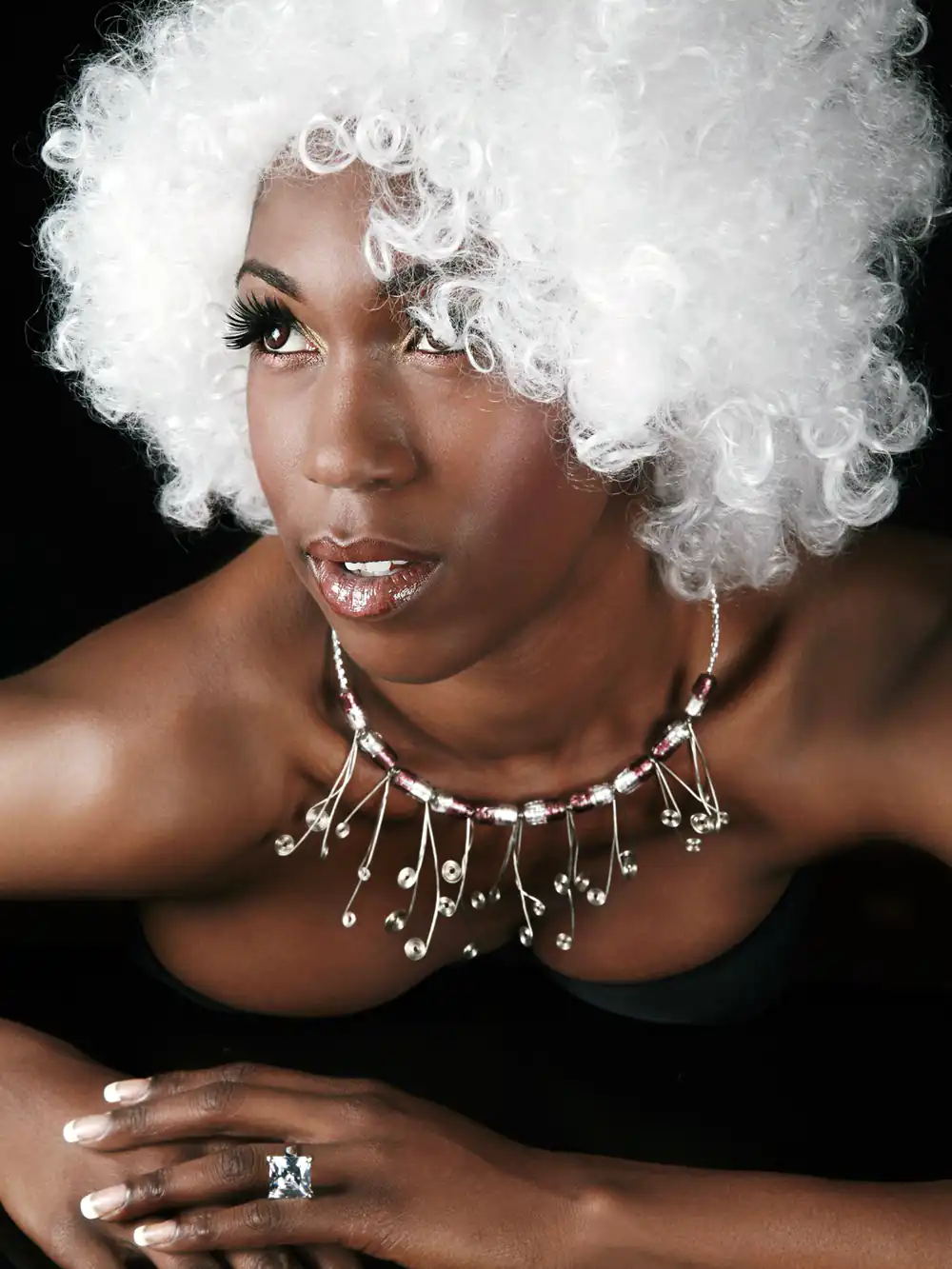
The factors that contribute to the differences in African hair
- Genetics:
- African hair is believed to have evolved this way to help protect people from the harsh African climate. The curly or kinky pattern of African hair helps to trap heat, which can help to keep people warm. The thickness and density of African hair also help to protect it from the sun and wind.
- Cuticle:
- The cuticle is the outermost layer of the hair shaft. It is made up of overlapping scales that protect the inner layers of the hair. African hair has a more irregular cuticle than other hair types. This makes it more porous and more prone to damage.
- Medulla:
- The medulla is the central part of the hair shaft. It comprises keratin, a protein that gives hair strength and structure. African hair has a higher medulla than other hair types. This makes it stronger and more resistant to damage.
- Porosity:
- Porosity refers to the hair’s ability to absorb and retain moisture. African hair has high porosity, so it can absorb moisture easily and lose quickly. This can make African hair more prone to dryness and breakage.
- Density:
- African hair is typically denser than other hair types. This means that there are more hair follicles per square inch of scalp. This can make African hair look fuller and more voluminous.
FAQ
What percentage of African Americans wear wigs?
According to a market research firm Mintel study, 50% of African American women wear wigs at least occasionally. This is significantly higher than the percentage of white women who wear wigs, which is only 20%. There are a number of reasons why African American women may be more likely to wear wigs.
What are some common types of wigs worn by black women?
Common types of wigs black women wear include ready-to-wear, human hair, synthetic, lace, glueless, and protective style wigs. Ready-to-wear wigs come pre-styled and ready for immediate use. Human hair wigs, made from real hair, can be styled and colored like natural hair. Synthetic wigs, made from artificial fibers, are often more affordable. Lace wigs feature a lace front for a natural hairline, while glueless wigs have combs and adjustable straps for secure wear. Protective style wigs shield natural hair from damage caused by styling, chemicals, and the environment.
Which countries still wear wigs?
Here are some countries where wigs are still worn:
● Zimbabwe
● Malawi
● Ghana
● Zambia
● Caribbean countries
● Australia (in some courts)
● Kenya (although former chief justice Willy Mutunga appealed to remove the wigs from the courtroom, arguing that they were a foreign imposition, not a Kenyan tradition)
